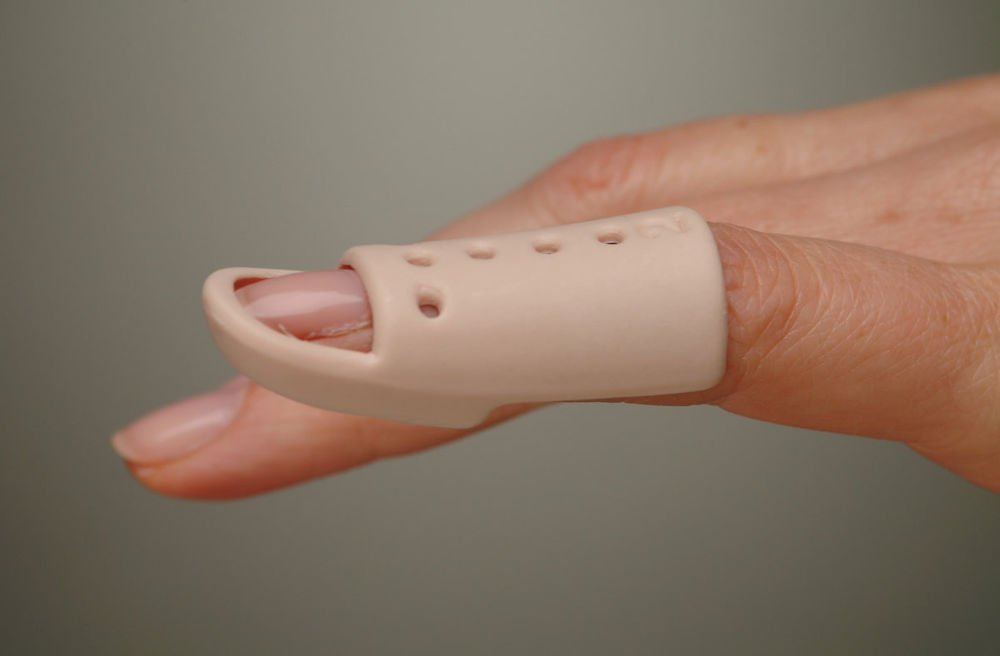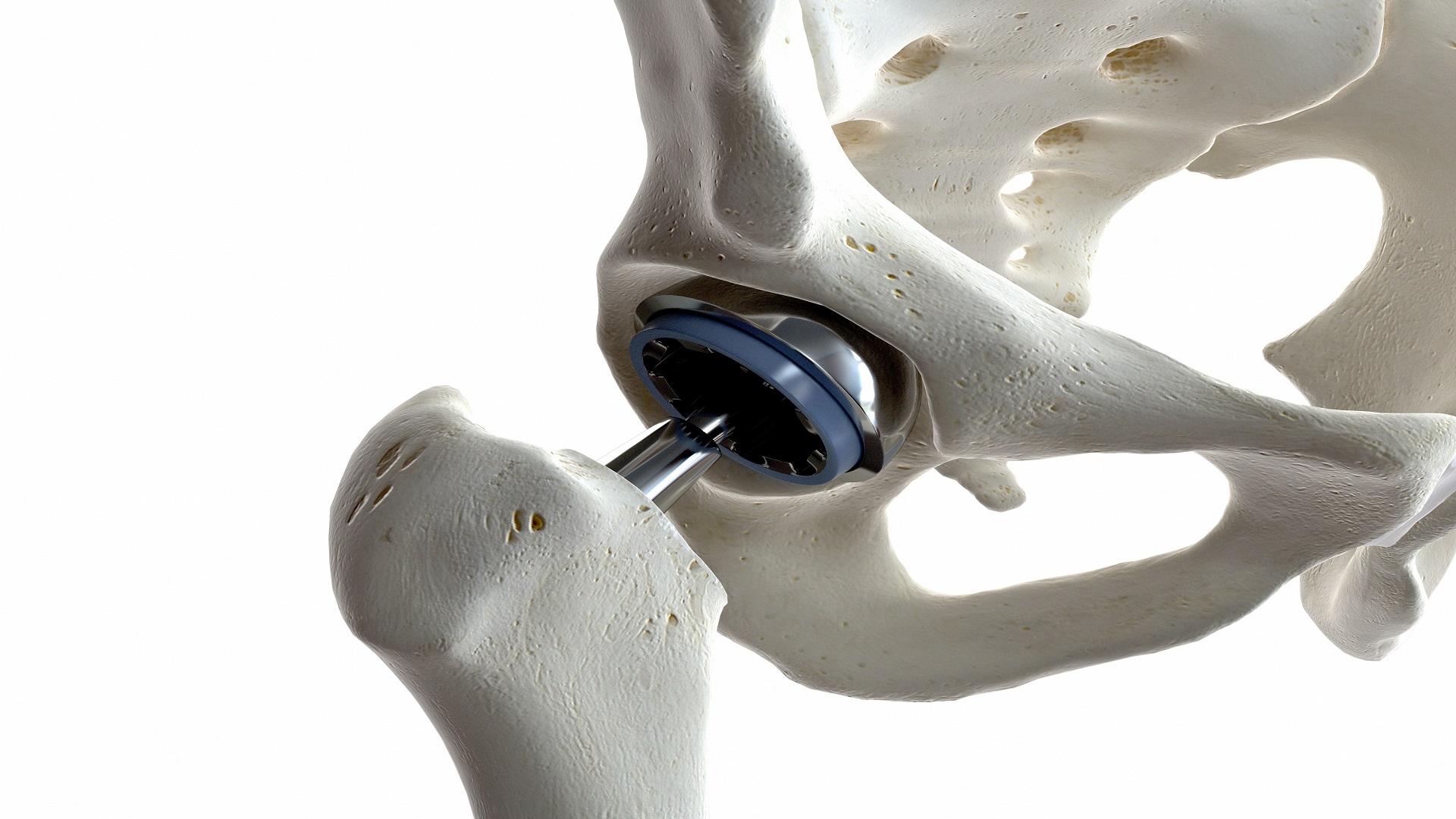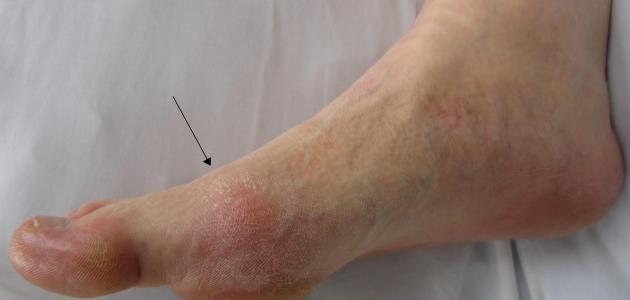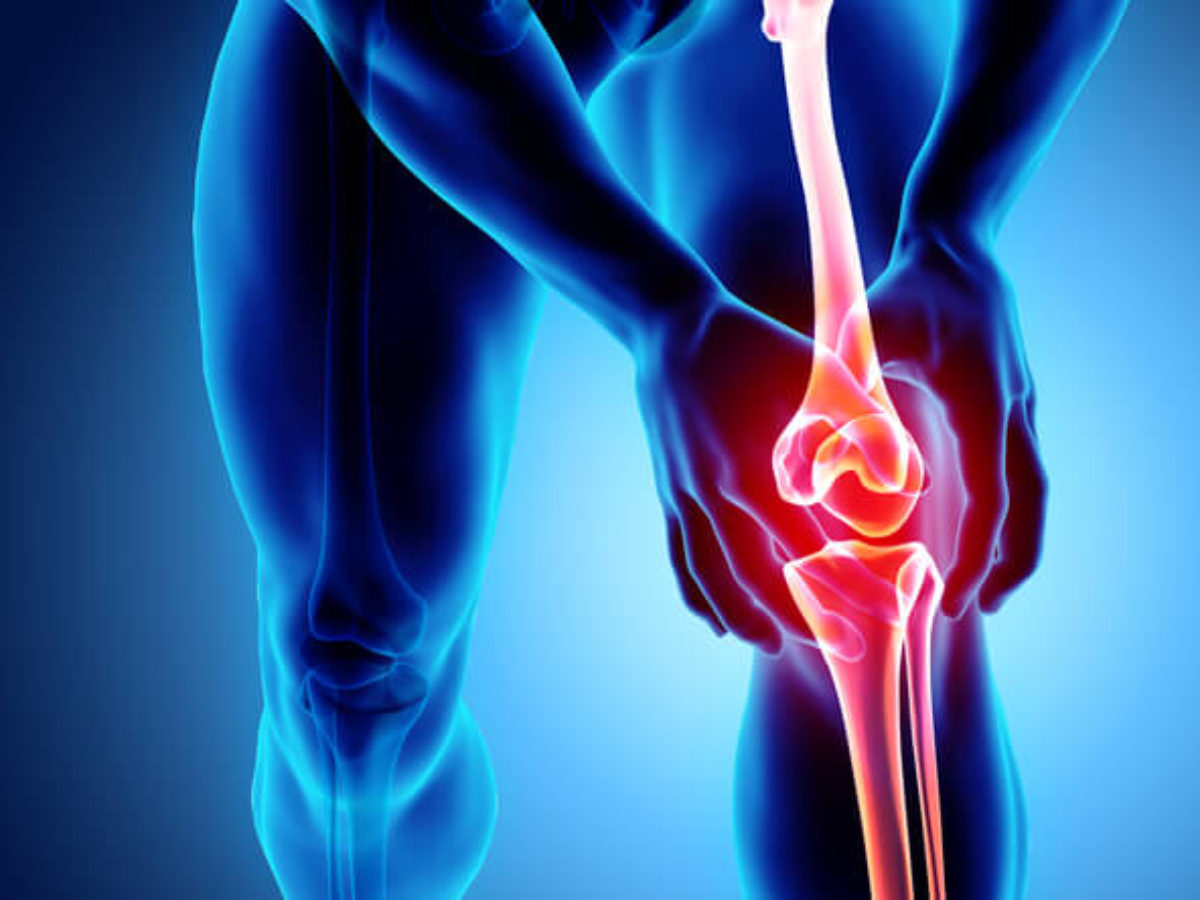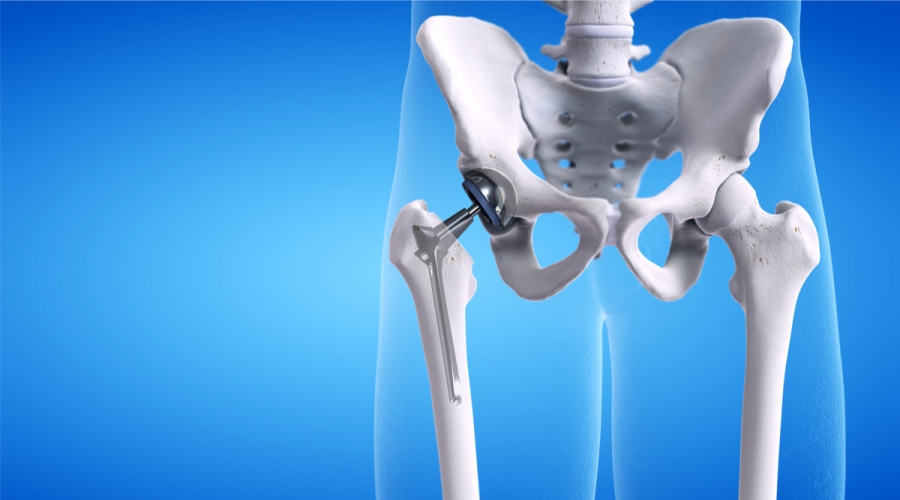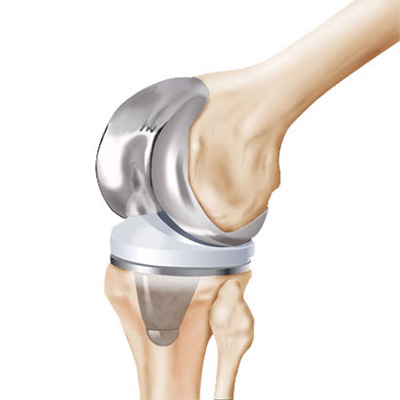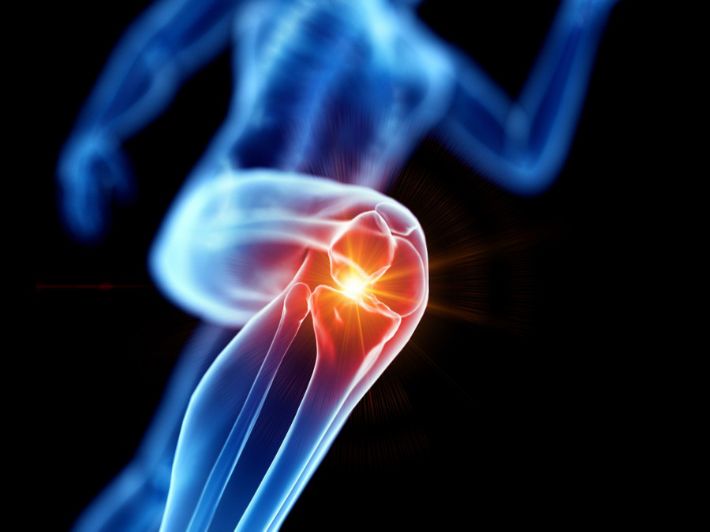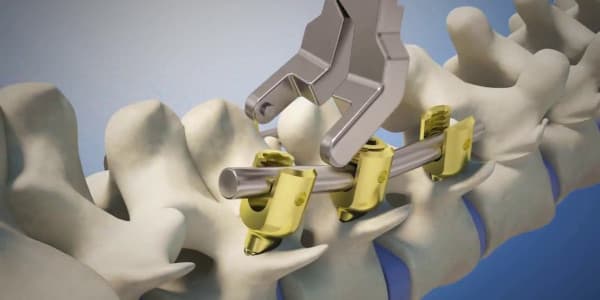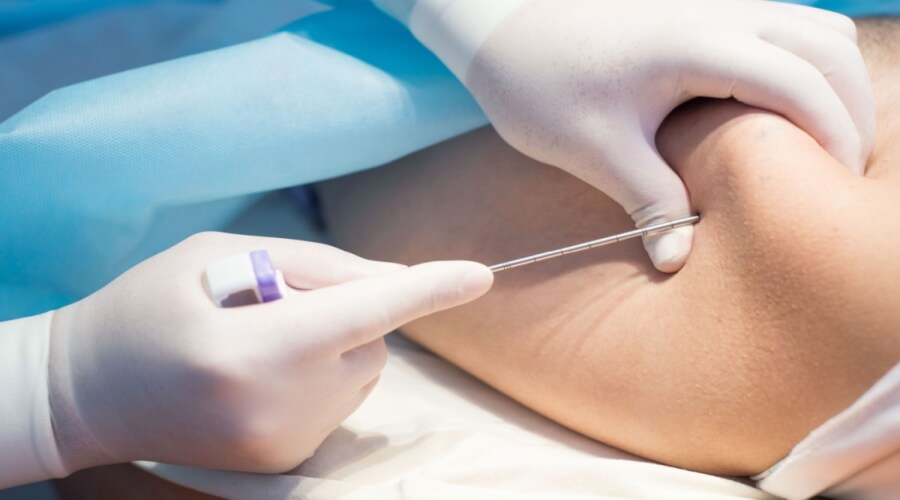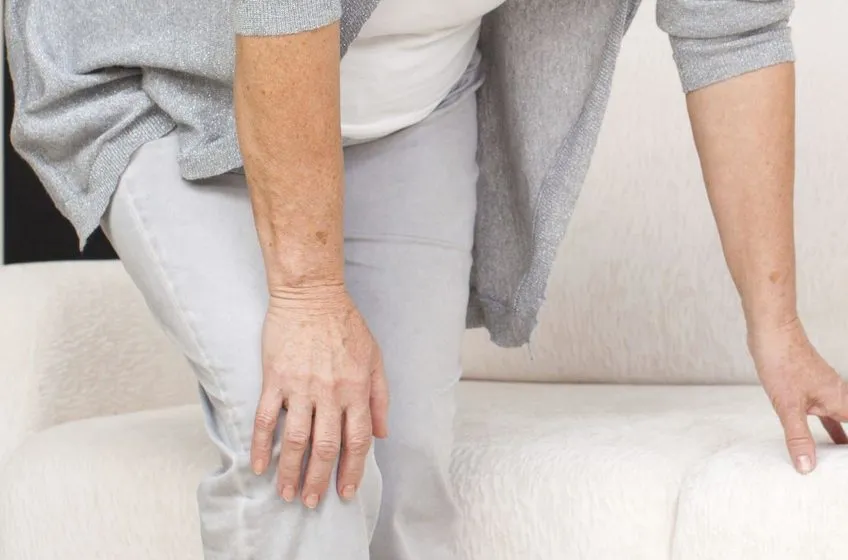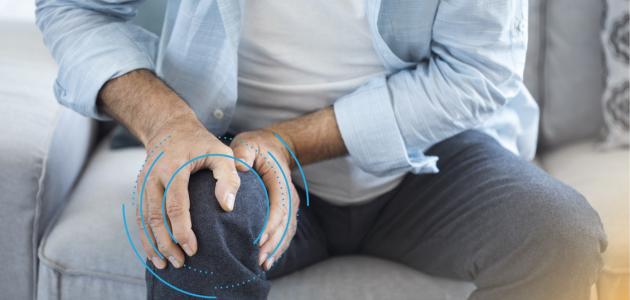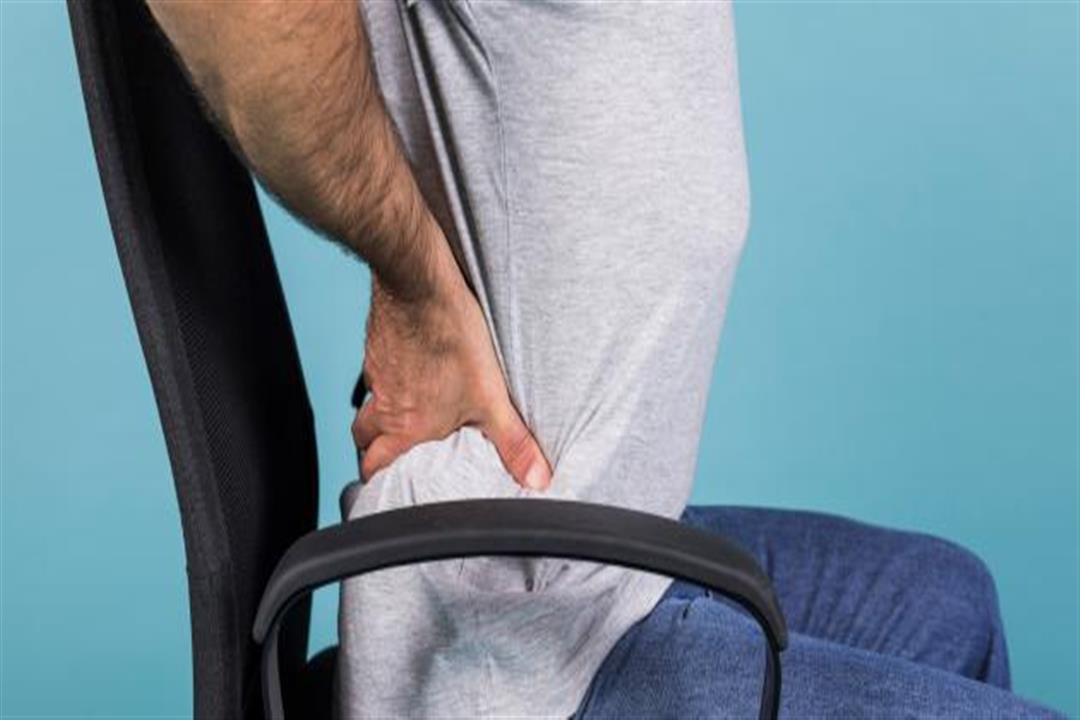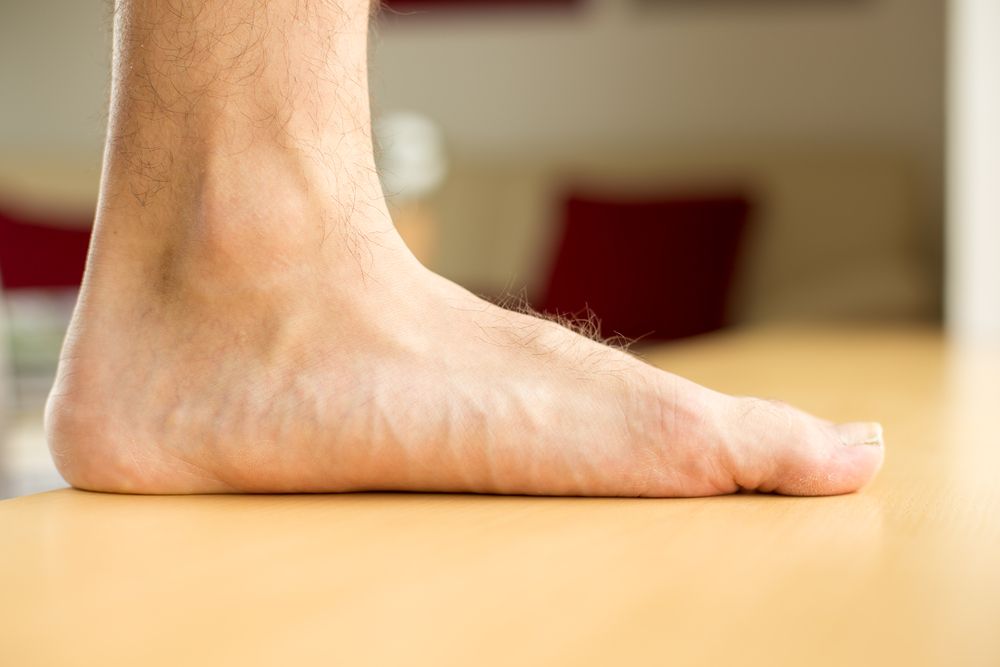What is osteoarthritis, and can it be permanently treated?
What is synovial fluid therapy?
Synovial fluid therapy is considered an effective solution for patients with osteoarthritis, providing safe and effective medication that helps avoid surgery. It plays a role in modifying the disease course, reducing inflammation, renewing cartilage, and stimulating the production of essential joint components. The use of synovial fluid therapy can help alleviate painful symptoms and improve joint health overall.
Benefits of synovial fluid therapy for joint health:
Non-surgical approach: Surgery is typically the last resort for treating osteoarthritis due to the associated risks. Thanks to Genovial Advance, there is now a non-surgical option for managing osteoarthritis, offering new hope for patients.
Modifying the disease course: Recent research in the field of osteoarthritis has shown that Genovial Advance has the ability to modify the disease course. It reduces the progression of osteoarthritis in the joints and prevents collagen breakdown in cartilage, contributing to improved joint health and pain relief.
Reducing swelling and cartilage renewal: Thanks to the compound “chondroitin sulfate” found in Genovial Advance, swelling in the joint is reduced, and cartilage breakdown is prevented. It also works to renew damaged cartilage and increase the viscosity of synovial fluid in the joints.
Stimulating the production of essential joint components: Synovial fluid therapy contains compounds that stimulate the production of collagen and proteoglycans, both of which are essential components of joints. By increasing the production of these components, the joint is strengthened and its function is improved.
What is the best medication for treating knee osteoarthritis?
Knee osteoarthritis is a chronic condition that can be accompanied by pain, inflammation, and a reduction in the patient’s ability to move and perform daily activities. Currently, there is no permanent cure for knee osteoarthritis, but there are many treatment options that can help alleviate symptoms and improve the quality of life. In this article, we will discuss some medications that can be used to treat knee osteoarthritis.
Non-Steroidal Anti-Inflammatory Drugs (NSAIDs): A group of medications such as ibuprofen, naproxen, and diclofenac are among the most common drugs used in the treatment of knee osteoarthritis. These drugs help reduce pain and inflammation and improve the patient’s ability to move. It is important to consult a doctor before using these medications to determine the appropriate dosage and duration of use.
Knee Cartilage Supplements: Knee cartilage supplements are a common choice for treating knee osteoarthritis. These supplements contain substances that help promote cartilage health and reduce degeneration. Glucosamine and chondroitin are common examples of knee cartilage supplements. It is advisable to consult a doctor before using these supplements to determine the appropriate dosage and duration of use.
Topical Creams and Gels: Topical creams and gels, such as capsaicin-based cream and ibuprofen gel, are considered useful options for relieving knee osteoarthritis pain. These creams are applied directly to the affected knee and help alleviate pain and improve mobility.
Physical Therapy: A doctor may recommend physical therapy sessions for the treatment of knee osteoarthritis. This includes strength exercises, stretching exercises, and manual therapy techniques that can help strengthen the muscles around the knee and improve joint support.
Surgical Treatment: Individuals with severe knee osteoarthritis may resort to surgical treatment as a last option. Surgical procedures such as knee arthroscopy or knee replacement may be performed to alleviate symptoms and improve knee mobility.
Patients should consult a specialist doctor to evaluate their condition and determine the best option for treating knee osteoarthritis. The response to different treatments can vary from person to person, so the most suitable treatment should be chosen based on the doctor’s recommendation and the patient’s condition.
Is Dorofen a pain reliever?
Dorofen is a popular dietary supplement used to treat osteoarthritis and alleviate associated pain. However, there are some things to know about this product before using it. In this article, we will briefly and easily present a list of tips on using Dorofen and whether it is indeed an effective pain reliever.
- Dorofen is not a primary treatment: Dorofen is a complementary treatment used as a pain reliever for osteoarthritis. However, it should be understood that it is not a substitute for the primary treatments prescribed by doctors. It is always advisable to consult with a doctor before taking any dietary supplements for medical conditions.
- Dosage and duration of use: The recommended dosage for Dorofen is typically one capsule three times a day. The treatment period can last from 3 to 6 months, but it is always preferable to follow the instructions of the treating doctor. The dosage and duration of treatment may vary depending on the patient’s condition and the doctor’s recommendations.
- Take it before or after meals: Dorofen can be taken before or after meals, as there is no interaction between taking it and food. However, some people may prefer to take it after meals to reduce potential side effects such as nausea.
- Possible Side Effects: Most users of Dorofen do not experience any serious side effects. However, some minor side effects such as nausea or diarrhea may occur. If these side effects persist or worsen, it is advisable to inform your doctor.
- Interaction with Other Medications: Patients taking blood thinners such as warfarin or marivan should exercise caution when using Dorofen. It is preferable to consult a doctor regarding adjusting medication doses or conducting regular check-ups to ensure that medications are not affected due to Dorofen use.
- Proper Storage of Dorofen: Store Dorofen in a dry place and out of reach of children. It should be stored at room temperature (15-25 degrees Celsius). It is recommended to check the expiration date before taking any medication and not to use it after the expiration date.
Before taking any dietary supplement, it is advisable to consult a specialized doctor or pharmacist to obtain appropriate medical advice. It is also encouraged to take the primary treatments prescribed by doctors as part of a comprehensive treatment plan for joint osteoarthritis.
What are the benefits of Dorofen medication?
5 Amazing Benefits of Dorofen Medication
Dorofen is considered one of the reliable and effective medications for treating joint osteoarthritis and inflammation. This medication contains active ingredients that help alleviate pain and improve the condition of damaged joints. Here are five amazing benefits of Dorofen medication:
- Pain Relief: Pain relief is one of the primary benefits of Dorofen medication. It works to relieve joint pain resulting from joint movement and friction by reducing inflammation and swelling. Thanks to its anti-inflammatory effects, Dorofen helps improve the quality of life for people suffering from joint pain.
- Treatment of Joint Osteoarthritis: Dorofen is an effective treatment for joint osteoarthritis. It helps stimulate the blood circulation in the leg and limb muscles, which aids in renewing damaged cartilage and promoting joint repair. Regular use of Dorofen can contribute to relieving symptoms and improving joint mobility.
- Improvement of Spine and Neck Conditions: Due to its therapeutic effect, Dorofen can contribute to improving the condition of the spine and neck. It works to reduce inflammation and joint degeneration in these areas, helping to enhance neck and back mobility and alleviate associated pain. Using Dorofen capsules can be an effective solution for spine problems.
- Treatment of Stomach and Duodenal Ulcers: Dorofen capsules can be used to treat stomach and duodenal ulcers. The medication is known for its soothing and softening properties that help calm the stomach and maintain its health. It is advisable to consult a specialized doctor before taking Dorofen for the treatment of stomach and duodenal ulcers.
- Safe and Effective: Dorofen is considered a highly safe and proven effective medication. It promotes the repair of damaged joints without causing serious side effects. Dorofen can be taken with confidence and assurance, but it is important to do so based on the guidance of a specialized doctor.
Dorofen medication is an ideal option for treating joint osteoarthritis and its inflammation, relieving joint pain, and improving joint flexibility. Thanks to the effectiveness of this medication and its high safety, individuals dealing with joint issues can rely on Dorofen as an effective supplement to improve their health. However, consulting a specialized doctor before starting this medication is essential to ensure its compatibility with individual health conditions.
What Are the Side Effects of Dorofen Treatment?
Some individuals may experience rare and mild side effects when taking Dorofen for joint-related issues. However, it’s important for individuals to be aware of these symptoms and handle them with caution. Here is a list of potential side effects:
Stomach Disorders: Common symptoms that may occur include abdominal pain, nausea, or vomiting. It’s important to note that many people do not experience these symptoms, and if they do, they are typically mild and temporary.
Constipation or Diarrhea: Taking Dorofen for joint issues can lead to digestive system disturbances, which are common in some individuals.
Headaches: There is a possibility of experiencing mild headaches after taking Dorofen medication, and individuals should be aware of and expect these symptoms.
Dizziness and Lightheadedness: In some cases, patients may feel dizzy or lightheaded as a side effect of Dorofen treatment. Patients are advised to rest and avoid driving if these symptoms occur.
Allergic Reactions: Allergic reactions to Dorofen medication for joint issues are rare but possible. These reactions may include skin rashes, itching, and difficulty breathing. Immediate medical consultation is necessary if any of these symptoms occur.
It’s important to note that these side effects are rare and not common. However, it is crucial for the patient to be aware of them and consult with a healthcare professional if there are any changes in their health condition while taking the medication.
Remember that there may be other unmentioned symptoms in this list, and individuals should consult their doctor or pharmacist if they have any concerns or questions about using Dorofen for joint issues. Always follow the dosage instructions and use the medication correctly to minimize the risk of side effects.
What Is an Alternative to Dorofen?
Joint inflammation-related pain is a common condition affecting many individuals. In some cases, it may be necessary to seek alternatives to Dorofen. Fortunately, there are several alternatives available that can help alleviate pain and improve joint health. Here is a list of ten prominent alternatives to Dorofen:
Zincobaloba Capsules: These contain the zincobaloba compound known for its ability to relieve joint pain and improve the condition of damaged joints.
Kinesiotherapy Massage Creams: These creams contain natural compounds that help alleviate pain and improve joint mobility.
Fish Oil Supplements: These contain omega-3 fatty acids that contribute to reducing inflammation and promoting joint health.
Magnesium: Magnesium is an essential mineral for joint health, as it helps alleviate joint inflammation and reduce swelling.
Ginger: Ginger contains natural compounds that improve joint mobility and reduce pain and inflammation.
Turmeric Capsules: Turmeric contains curcumin, which is an anti-inflammatory compound that helps improve joint health.
Vitamin D Supplements: Vitamin D is essential for calcium absorption, bone, and joint health.
Glucosamine Supplements: These contain a component that supports joint health and helps strengthen cartilage.
Alternative Medicine Treatments: Such as herbal remedies, acupuncture, and traditional treatments, may provide pain relief for joint inflammation.
Regular Physical Activity: Engaging in appropriate exercise and maintaining a healthy weight can help strengthen joints and reduce pain.
It is necessary to consult a healthcare professional before using any alternative to Dorofen. The doctor can provide guidance based on individual health conditions and determine the appropriate dosage.
What Are the Symptoms of Joint Degeneration (Arthritis)?
Pain in the Joints: Pain is one of the primary symptoms of joint degeneration. The pain can be acute or chronic and may gradually worsen over time.
Joint Stiffness: Individuals with joint degeneration may experience difficulty in joint movement, especially after prolonged periods of rest.
Swelling and Redness of Joints: Patients may notice swelling and redness around the affected joints. This may be accompanied by a feeling of warmth in the area.
Difficulty in Movement: People with joint degeneration often have difficulty moving the affected joints. Simple daily activities like walking or moving can become challenging.
Cracking or Popping Sound: Individuals with joint degeneration may hear cracking or popping sounds when bending the joint. This sound may be accompanied by pain and stiffness.
Decreased Ability to Carry Weight: Joint degeneration can lead to a decreased ability to carry heavy objects. Pain and stiffness can weaken muscle strength and joint control.
Movement Restrictions: Joint degeneration can result in limitations in the movement of affected joints. This can impact a person’s ability to perform daily activities and other life tasks.
Impact on Psychological Well-being: People with joint degeneration may experience depression or anxiety due to chronic pain and mobility restrictions. Mood and psychological well-being can be affected in patients.
It is important to consult a specialized doctor if any of these symptoms appear, as a precise diagnosis and appropriate treatment plan can be established to alleviate symptoms and improve the quality of life.
Can Knee Joint Degeneration Be Cured Completely?
Many individuals suffer from knee joint degeneration, a condition that affects the joint, causing pain and reduced mobility. Can it be cured completely? In this list, we will take a look at some available treatments for knee joint degeneration and whether they provide a permanent solution to this problem.
Physical Therapy: Physical therapy can be effective in strengthening the muscles surrounding the knee and improving joint stability. It is advisable to visit a physical therapist to develop a customized exercise program that enhances muscle strength and improves joint flexibility.
Lifestyle Changes: Losing excess weight and engaging in low-impact physical activities can be beneficial in treating knee joint degeneration. By shedding extra weight, joint pressure can be reduced, and mobility can be improved.
Medical Treatment: Doctors sometimes use medical treatment to alleviate pain, swelling, and improve the quality of life for patients with knee joint degeneration. Treatment may involve the use of pain relievers and anti-inflammatory medications, which can be taken in the form of tablets or creams and gels applied topically to the joint.
Surgery: In severe cases and when pain and mobility do not improve with other treatments, surgical procedures may be necessary. Some common surgical procedures include joint replacement with an artificial joint or procedures to correct deformities and reconstruct damaged tissues.
Taking all of this into consideration, the treatment for knee joint degeneration depends on several factors such as the extent of joint damage and its impact on daily life. In most cases, significant improvement in symptoms and increased mobility can be achieved with the appropriate treatment measures. However, it is important to remember that there is no permanent cure for knee joint degeneration; the focus is on symptom relief and improving the quality and ease of life for affected individuals.
Does Walking Affect Knee Osteoarthritis?
Walking is one of the most common and easily accessible forms of exercise. But does it have an impact on knee osteoarthritis? In this article, we will shed light on the effects of walking on knee osteoarthritis and provide some recommendations for patients.
Benefits of Walking for Knee Osteoarthritis: Muscle Strength: Walking helps strengthen the muscles around the thigh and leg, which is beneficial for stabilizing the knee joint and reducing osteoarthritis-related symptoms. Increased Mobility: Walking stimulates knee joint movement and contributes to improving its agility and flexibility. Improved Blood Circulation: Walking helps improve blood flow to the knee joint, enhancing nutrition and healing.
Recommendations for Walking: Choosing Suitable Surfaces: It is advisable to prefer walking on flat and smooth surfaces to reduce excessive shock on the knee joint. Precautions While Walking: It may be necessary to use knee braces during walking to reduce pressure on the knee joint. Wearing well-cushioned shoes to absorb shocks is also recommended. Warm-Up and Stretching: Before starting your walk, warm-up exercises and stretching are advisable to prevent injury and improve flexibility.
Exercise Caution with Some Activities: Running: It is preferable to avoid running if there is knee osteoarthritis, as it can increase pressure on the joint. High-Impact Strength Exercises: It is recommended to avoid high-impact strength exercises that involve heavy loading on the knee joint, such as squats. Deep Bends: Prolonged deep knee bends should be avoided as they can increase pressure on the joint.
In conclusion, walking can be beneficial for patients with knee osteoarthritis, provided that appropriate precautions are taken and activities that may increase pressure on the joint are avoided. If you are suffering from knee osteoarthritis, it is recommended to consult your doctor for personalized recommendations on walking exercises and suitable physical activities for your condition.
Can Exercise Cure Osteoarthritis?
Knee osteoarthritis is a common health issue that many people face, and some may wonder about the role of exercise in treating this problem. In this article, we will explore some research and experiences regarding the benefits of exercise for individuals with knee osteoarthritis.
Muscle Strengthening: Studies indicate that engaging in appropriate exercise routines can help strengthen the muscles surrounding the knee. By strengthening these muscles, joint stability and support can be improved, reducing pressure on the affected knee and alleviating pain.
Increased Flexibility: Warm-up and stretching exercises contribute to increasing the flexibility of the muscles and tendons around the knee. This flexibility plays a crucial role in bearing the load on the knee during exercise and daily activities. Additionally, flexible muscles reduce knee tension and resist tearing and injuries.
Enhanced Blood Circulation: Some research suggests that exercise can improve blood circulation around the knee joint. By improving blood flow, more oxygen and nutrients are delivered to damaged and affected tissues, promoting regeneration and healing.
It’s important to note that while exercise can have significant benefits for individuals with knee osteoarthritis, it may not provide a complete cure. Instead, the focus is on symptom management, improving joint function, and enhancing the overall quality of life for those affected. The effectiveness of exercise as a treatment option may vary from person to person, and individualized recommendations from healthcare professionals should be sought to develop a suitable exercise plan based on each patient’s specific needs and condition.

